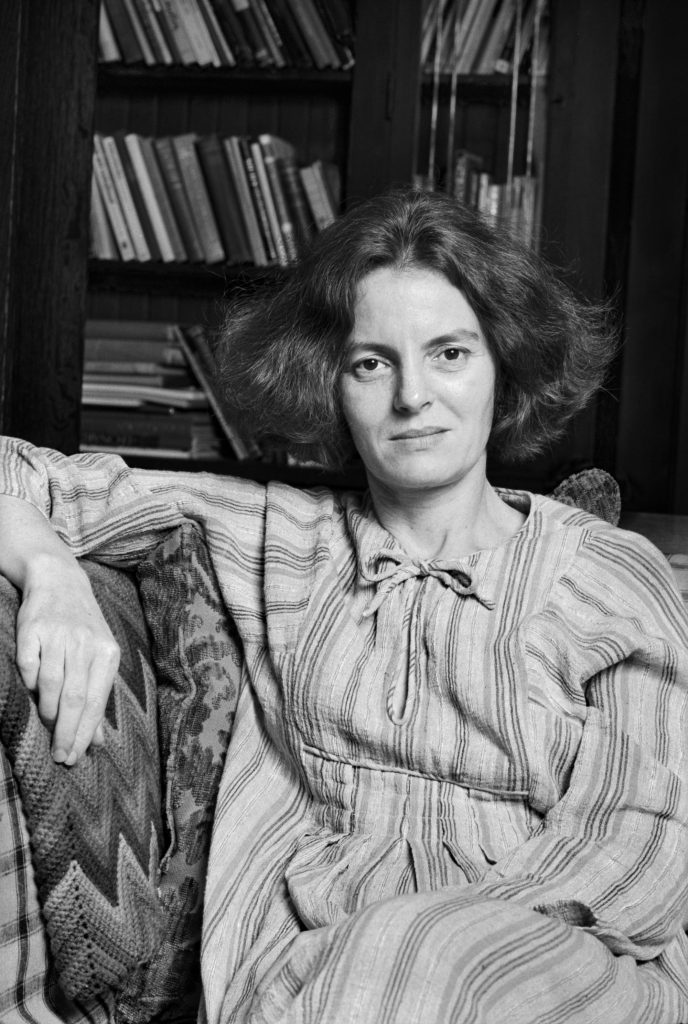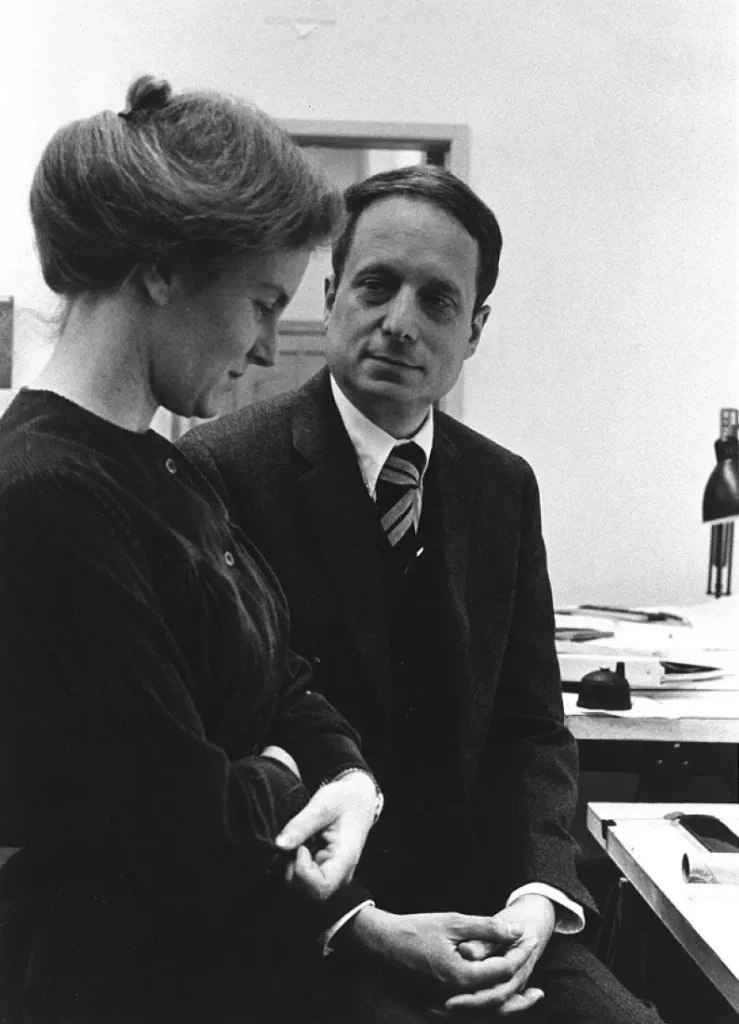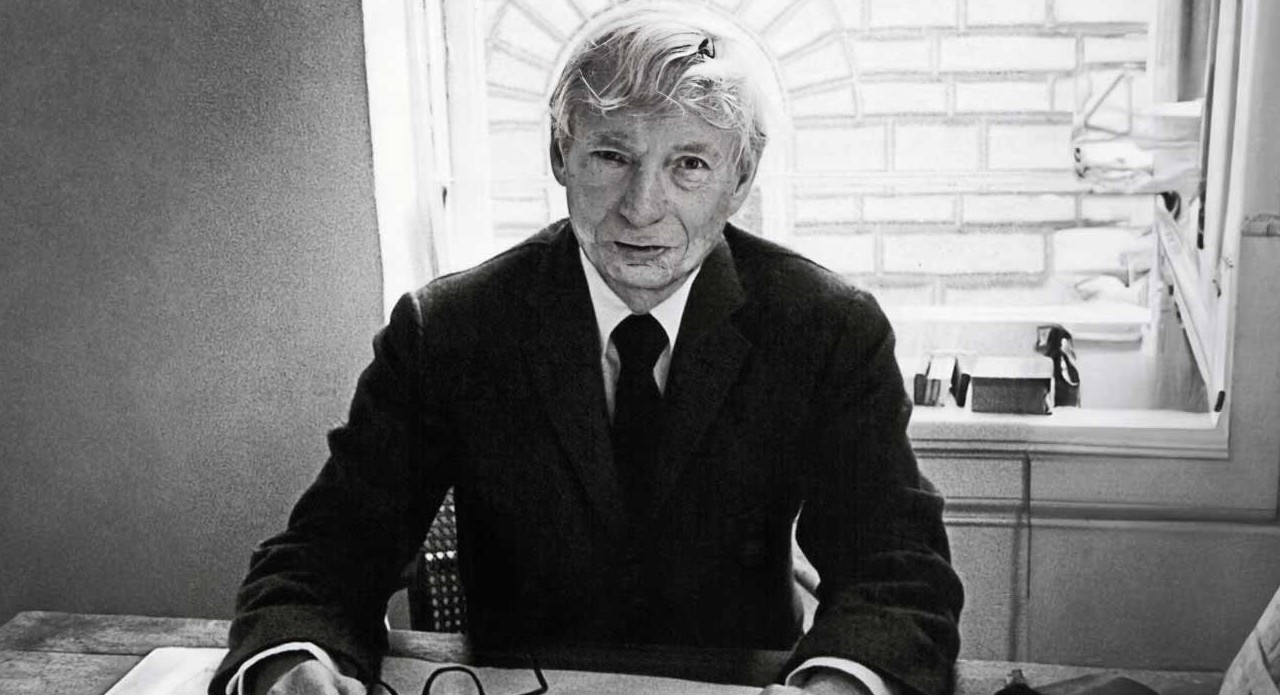If architecture had a voice of reason in a room full of swaggering, ego-fuelled designers, it would probably sound a lot like Denise Scott Brown. While others were busy polishing their metaphors about steel and glass, she rolled up her sleeves, walked into the mess of real cities and said, “Right, let’s talk about what people actually do here.” She didn’t chase the spotlight with headline-grabbing shapes or gravity-defying curves. Instead, she dissected the world with the precision of a surgeon and the irreverence of someone who absolutely refuses to accept architectural nonsense. If most architects design like they’re composing opera, Scott Brown writes punk rock—sharp, honest and unafraid to point out that the billboards and strip malls matter just as much as the marble and museums.

Early Life And The Formation Of A Radical Mind
Born in Zambia and educated across Johannesburg, London and Philadelphia, Denise Scott Brown’s worldview was shaped by a diverse collision of cultures and urban conditions. Instead of viewing cities as neat objects, she saw them as living organisms, shaped by people, politics and shifting social patterns. Her early exposure to multi-layered environments sharpened her curiosity about how urban life actually works. It was this grounding that set her apart early on—she wasn’t seduced by architecture’s traditional grandeur but fascinated by its everyday chaos and the stories hidden in its overlooked corners.
Also Read: Oscar Niemeyer: The Modernist Visionary Who Redefined 20th-Century Architecture
The Partnership With Robert Venturi

Meeting Robert Venturi ignited a partnership that became one of the defining forces in late twentieth-century architecture. Together, they challenged the rigid modernist doctrine and reshaped the architectural conversation through their research-driven, human-centered approach. Their collaborative thinking pushed back against the idea that architecture must be pristine, solemn or stripped of cultural references. Instead, they championed eclecticism, symbolism and complexity. Despite working in tandem on groundbreaking ideas, Scott Brown often battled the gender biases of the industry—yet her intellectual fingerprints are unmistakably woven through every major work and theory produced by the firm.
The Rise Of Postmodern Critique
With the seminal book Learning from Las Vegas, Scott Brown helped detonate one of the biggest intellectual bombs in architectural history. Instead of studying celebrated monuments, she turned her attention to commercial strips, neon signage, roadside motels and the so-called vulgar landscape of Americana. Her argument was radical but simple: architecture must acknowledge popular culture because cities reflect the people who inhabit them. This reoriented architectural theory away from elitism and towards inclusivity, humor and cultural observation. The book became a manifesto for postmodernism and redefined the academic and professional landscape of design theory.
Major Works That Demonstrated Her Vision

While Denise Scott Brown is often celebrated for her theoretical work, her built projects reveal a nuanced understanding of how people move, interact and inhabit spaces. At the Sainsbury Wing of London’s National Gallery, she helped create a building that gracefully bridges historic context and modern needs without overwhelming either. At the University of Pennsylvania, through various campus plans, she reinforced the importance of circulation, community and the organic evolution of educational environments. Across numerous urban studies—from South Street to international city analyses—her influence shines through in frameworks that prioritize pedestrian experience, cultural context and human behavior over architectural narcissism.

Her Influence On Modern Architectural Thought
Few architects have reshaped discourse as profoundly as Denise Scott Brown. Her emphasis on pluralism, popular culture and social patterns changed how architecture schools teach, how planners analyze cities and how designers interpret meaning. She dismantled the idea that architecture exists in rarefied isolation and insisted that everyday landscapes deserve equal respect. This democratization of architectural thinking opened the door to new kinds of scholarship, design methodologies and public engagement, making her one of the true intellectual architects of our time.
Legacy, Recognition And Continued Impact
Scott Brown’s legacy is inseparable from the ongoing fight for gender equity in architecture. Despite her enormous contributions, she was controversially excluded from the Pritzker Prize awarded to Venturi, sparking global debate about recognition in collaborative practice. Yet her impact continues to transcend awards. She remains a towering figure whose ideas guide architects, urbanists and theorists toward richer, more inclusive interpretations of the built environment. Denise Scott Brown did not simply transform design theory—she broadened the lens through which architecture understands the world.











